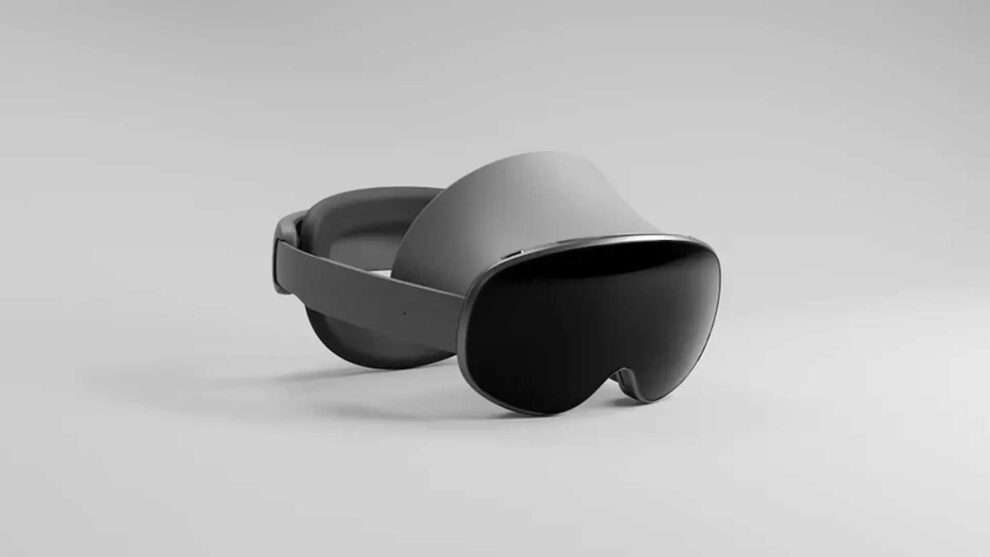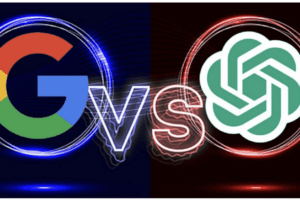A pivotal development in the mixed reality headset market is emerging as Samsung’s Project Moohan positions itself against Apple’s Vision Pro, with artificial intelligence capabilities potentially becoming the decisive factor in the competition. Recent revelations from Samsung’s collaboration with Google suggest a sophisticated AI integration that could fundamentally change how users interact with mixed reality devices.
While Samsung’s recent Galaxy Unpacked event offered limited details about Project Moohan, an exclusive preview with tech influencer Marques Brownlee has unveiled significant insights into the device’s capabilities. The headset’s physical design bears striking similarities to Apple’s Vision Pro, featuring comparable aesthetic elements such as a glass front panel, grey head straps, and an external battery pack.
However, the integration of Google’s Gemini AI system emerges as a crucial differentiator. Samsung’s implementation of AI goes beyond basic functionality, incorporating features like Circle to Search and advanced voice commands that could revolutionize user interaction within mixed reality environments. This deep AI integration might provide a more intuitive and efficient user experience compared to traditional interface methods.
The timing of this development is particularly significant, as Apple’s Vision Pro currently lacks comprehensive AI features beyond basic Siri integration. While Bloomberg reporter Mark Gurman indicates that AI-powered VisionOS features are in development, no specific timeline has been announced. This gap in Apple’s offering could provide Samsung with a strategic advantage in the rapidly evolving mixed reality market.
Samsung’s approach also benefits from its partnership with Google in developing Android XR, the operating system powering Project Moohan. This collaboration could lead to wider adoption of their AI-integrated platform across various manufacturers, potentially establishing a new standard for mixed reality interfaces. The implications extend beyond individual device competition, potentially reshaping the entire ecosystem of mixed reality technology.
Pricing strategy adds another layer to this competitive landscape. Industry speculation suggests Project Moohan might be positioned between Meta’s Quest 3 and the Vision Pro in terms of cost. This strategic pricing, combined with advanced AI capabilities, could present a compelling value proposition for consumers weighing their options in the premium mixed reality segment.
The integration of on-device AI represents more than just a feature addition; it potentially addresses one of the fundamental challenges in mixed reality computing: creating natural, intuitive user interfaces. Voice commands powered by sophisticated AI could significantly reduce the learning curve associated with new technology adoption, making mixed reality more accessible to mainstream users.
Meta has already begun exploring this territory with Meta AI in their Quest platform, but Samsung’s implementation of Gemini appears more comprehensive and deeply integrated into the core user experience. This level of integration could set a new benchmark for how AI enhances mixed reality interactions.
For Apple, the emergence of AI-powered competitors poses both immediate and long-term challenges. While the company’s brand strength and hardware expertise remain formidable advantages, the absence of advanced AI features in the Vision Pro’s initial release could impact its market position, particularly given its premium pricing strategy.
The development of Android XR as an open platform for mixed reality devices adds another dimension to this competition. The potential for multiple manufacturers to leverage this AI-integrated operating system could accelerate innovation and market adoption, potentially challenging Apple’s traditionally controlled ecosystem approach.
As the mixed reality market continues to evolve, the role of AI in shaping user experiences appears increasingly central to future development. Samsung’s early move to integrate sophisticated AI capabilities could prove decisive in establishing its position in this emerging technology landscape, while setting new expectations for how users interact with mixed reality devices.
















Add Comment